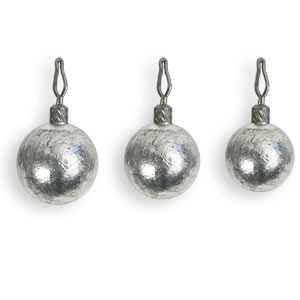
How much can an HMD weigh before using it becomes a long-term wellness risk? 1 lb? 2lbs? 3lbs? Is a 2 lb (1 Kg) HMD that has a front-loaded weight concentration better or worse than a 3 lb model that has a counterweight on the back to balance it? Should users be more concerned about neck strain from trying to balance an HMD or about neck compression from wearing a large weight on their head for more than a minute or two?
Clearly, the answer also depends on the expected usage scenario. If the HMD is to be used in a static position such as near a desk, a 'boom' arrangement might be just fine. Alternatively, if rapid movement or usage that is longer than 10 minutes is expected, the answer might be different.
When My company designed the panoramic, high-definition xSight (12 oz, about 300 grams), we decided to conduct our own experiments to determine what acceptable weight would be. The head-mounted portion of the xSight was modeled after a ski goggle and for the experiments we would wear ski goggles with fishing weight taped to their sides. We would sit through meetings and other parts of the work days wearing the ski goggles with fishing weights. It was clearly evident for each of us how much weight is acceptable and how much is not.
One concern when potential customers look at an HMD is that they use it for a minute or two at the trade show. Under these situations, even a 3 lb HMD might seem acceptable, though if the user would wear it for 10 minutes, weight would become a very big issue.
So - watch the weight of your HMD.
No comments:
Post a Comment